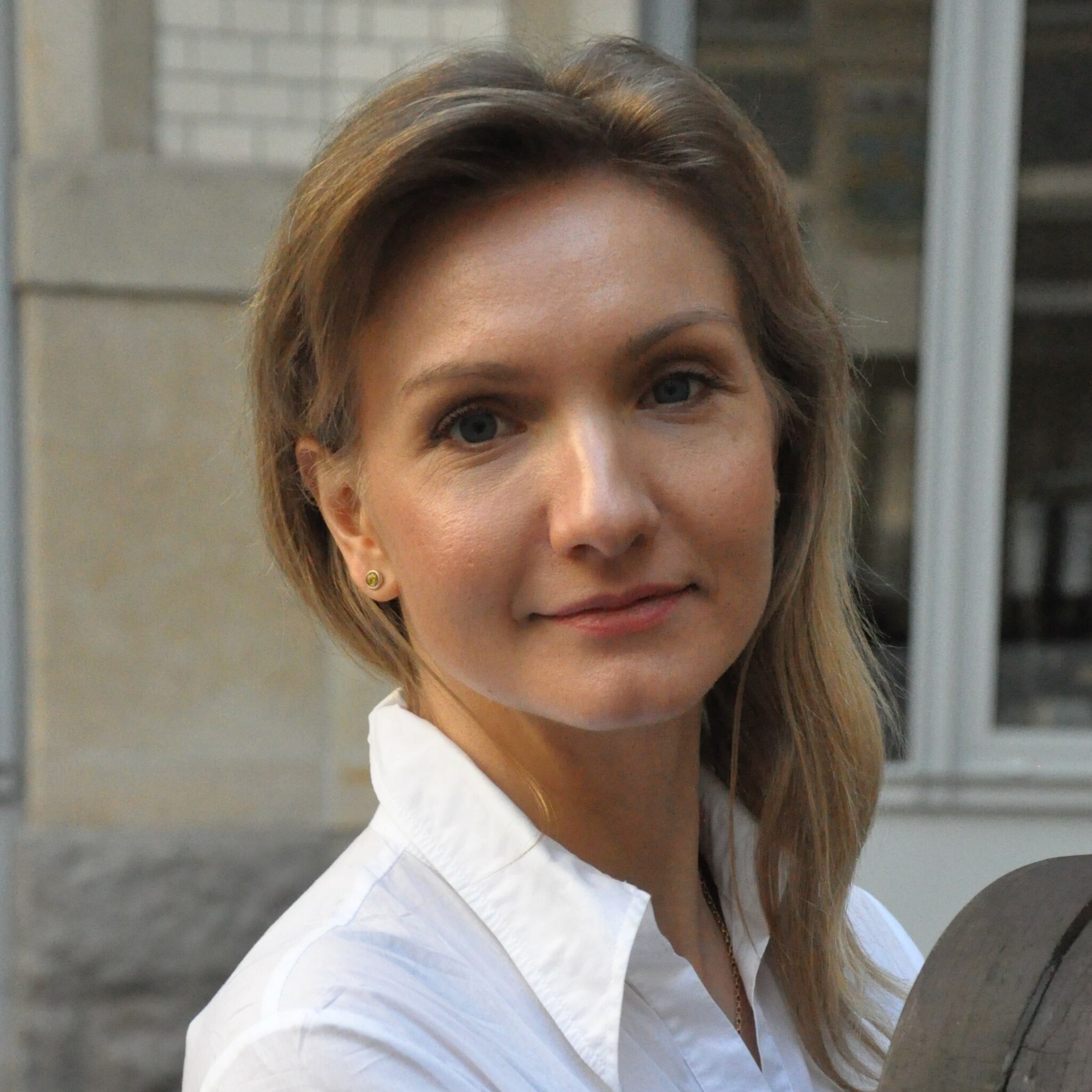Um9ib3RvOnJlZ3VsYXI=
Dr Michaela Valentova of CVUT spoke at the 16th European Conference of the International Association for Energy Economics (IAEE) about the similarities and differences of the Czech and German approach towards financing the energy transition. Thereby, she focused on lessons learned from developing and analyzing German and Czech maps of climate and energy investment.



